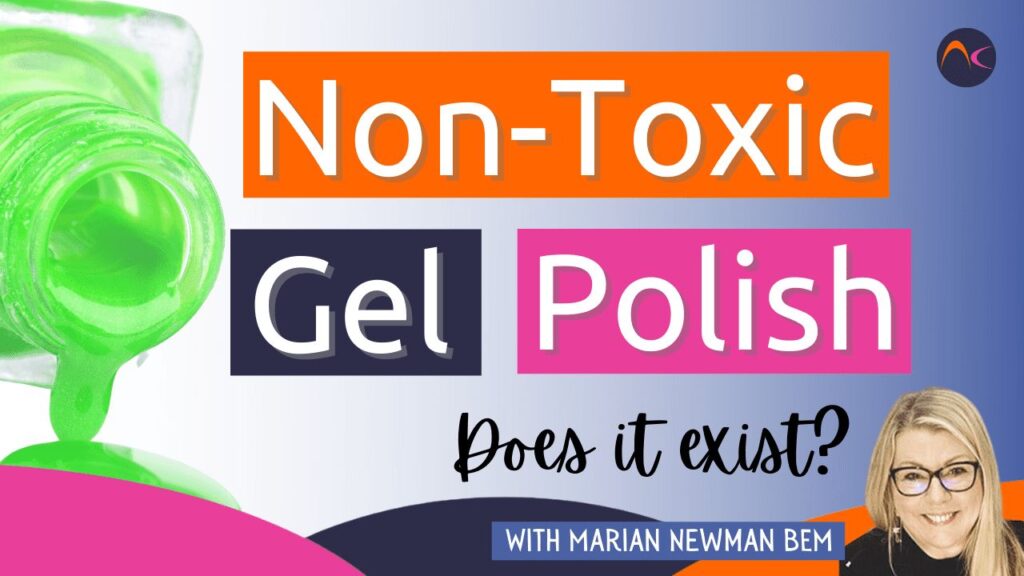First of all you need to understand what ‘toxic’ means!
Everything on this earth has a safe and unsafe level of toxicity. Toxic means something that is harmful to the body, possibly even lethal. A chemical going from safe to toxic is specific to the chemical and the individual.
Take for example paracetamol: this is taken by millions every day to help with pain or other symptoms. The usual adult dose is 1000mg up to 4 times in a 24 hour period. More than that then there is a chance of liver damage. If this reaches 12gm it is likely to be fatal.
This is one example of a very useful and common chemical that, when used with correct amount is invaluable for many. Exceed the safe level then the body can be harmed so it becomes toxic. Go even further and it can become lethal.
Let us return to cosmetics (and a UV gel polish is a cosmetic). Cosmetics have very strict regulations in every country in the world. Only ingredients that have been approved for use in cosmetics are allowed and this category of products are some of the safest around.
However, like with every chemical there is a safe and unsafe level for each ingredient. The ingredients approved for use in cosmetics often have a recommended maximum percentage. If this is exceeded, then the potential for harm increases. This is complicated further by every individual’s ability to fight potential allergens (and virtually any chemical can be an allergen to some individuals). Many ingredients in nail coating products are known allergens so an understanding of this subject is essential.
For some, just one exposure to an allergen can be enough to start a reaction; while for others the same allergen can take months or even years of exposure to develop a reaction; some may never develop an allergic reaction. This is why exposure to allergens should be avoided as there is no warning if or when this will occur.
One example that seems to have attracted a lot of attention in the nail industry in recent years is HEMA (hydroxyethyl methacrylate). This is a monomer and has very good adhesion properties. It has been used for many years quite safely but at low percentages. It has been ‘demonised’ somewhat unfairly as it plays an important role and is relatively safe at the right %. Unfortunately, due to it being one of the less expensive monomers and with a very good adhesion, some manufacturers have put very high percentages in some products for cost and (unrealistic) performance. This is one of the causes of the level of allergies we are seeing. Others are not using a matched UV lamp so the likelihood of high levels of monomers in a product being properly cured and skin contact during application or removal when the unreacted monomers are released onto the skin is a high risk.
The percentage of HEMA and other ‘hazardous’ ingredients can be found on the SDS for the individual products. The upper limit for this is 35% but can be very useful and relatively risk free (if cured properly) at as low as 5%. There can be other monomers used in products and, in some, products, the combination can go over 70% which is very difficult to ensure a proper cure. (There has also been some evidence that certain manufacturers are not accurate in their disclosure on the SDS’s)
So, back to the original question: good quality and well formulated nail products are not ‘toxic’ when used correctly and safely. Unfortunately, the use of the word ‘toxic’ has been encouraged by some fear-based marketing e.g. ‘non-toxic formulation’ which suggests others are toxic when they are not! Ingredients such as HEMA (and several others) have attracted the ‘toxic’ label when it is actually the % that is toxic not the safe level.
The big problem is that, once allergic to an ingredient such as HEMA, the allergy stays for life and has other medical implications concerning dental and orthopedic procedures. There is no going back from this and it is a situation that has been caused needlessly by cheap ad badly formulated products plus lack of education and understanding.
Those looking for ‘non-toxic’ products are looking for the wrong thing. Hypoallergenic products can be a solution BUT there is no guarantee that no one will react to them. It is just a bit less likely. But correct and safe use is everything! Understand this and you and your clients will be as safe as possible. If an allergy occurs it will not be the product itself but one of more ingredients in it. So, allergy testing is the only answer to know what to avoid. Using a different but similar brand is NOT the solution.
Only buy good quality products from a reputable source.
Research and ask for the SDS before you buy. Check this against the label on the product: the SDS list should also be listed in the ingredients along with others that do not require SDS listing.
Be wary if the total % of the monomers goes above 70% (search the internet for the ingredient if you’re not sure what it is)
Do not buy from anywhere other than an authorised supplier as you may be buying fakes. Do not buy cheap! There is a reason why it’s cheap!
Buy ‘for professional use only’ products. There are several ingredients that are not allowed in retail products and they are all concerned with performance. It is the (sometimes wrong) assumption that non retail products are in safe hands if it is a professional using them as they have been educated thoroughly for their safe use.
Understanding is key and so is research!!


